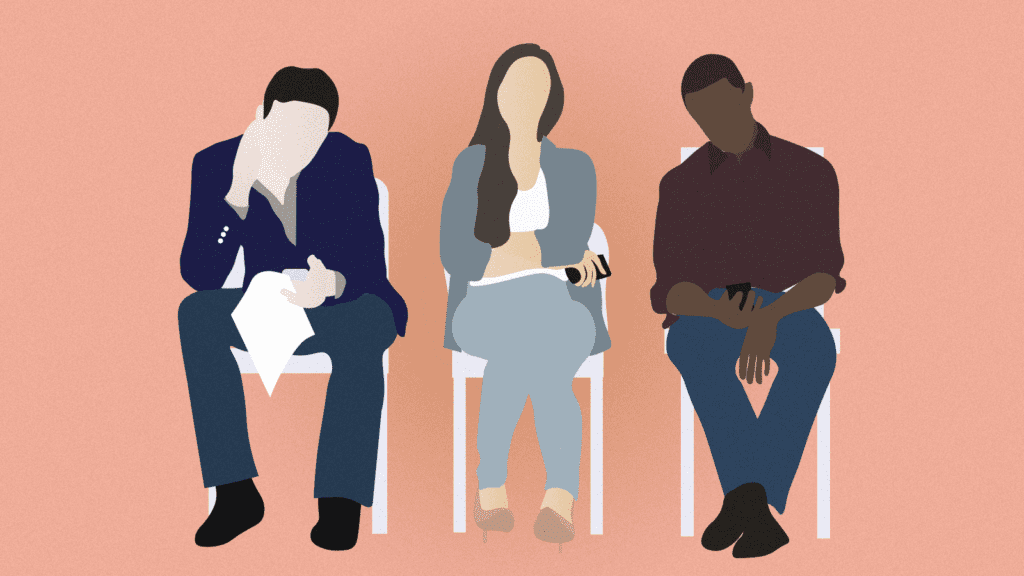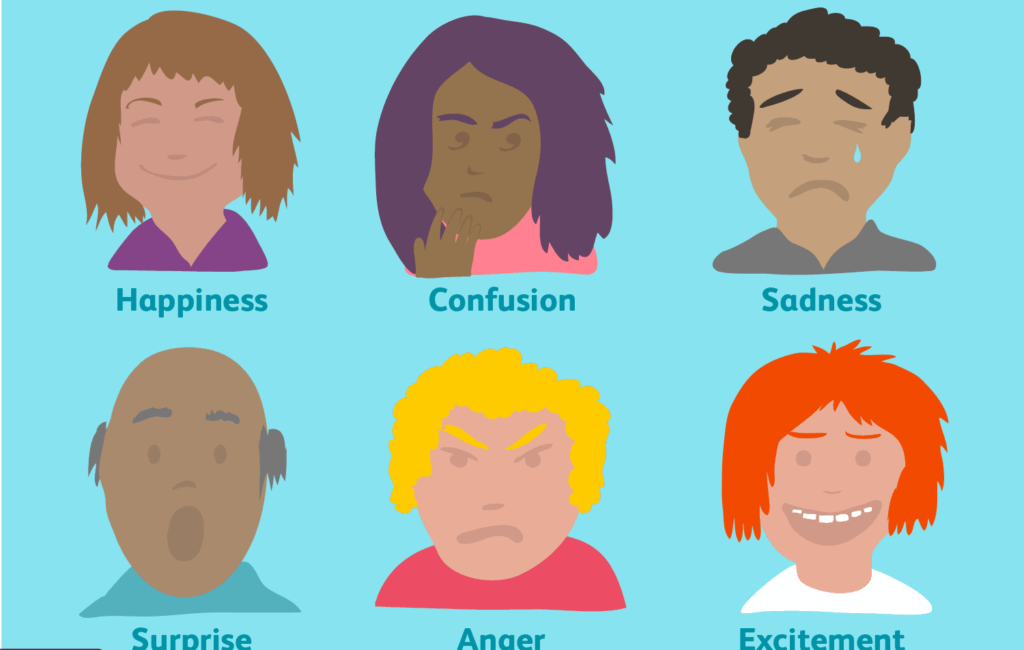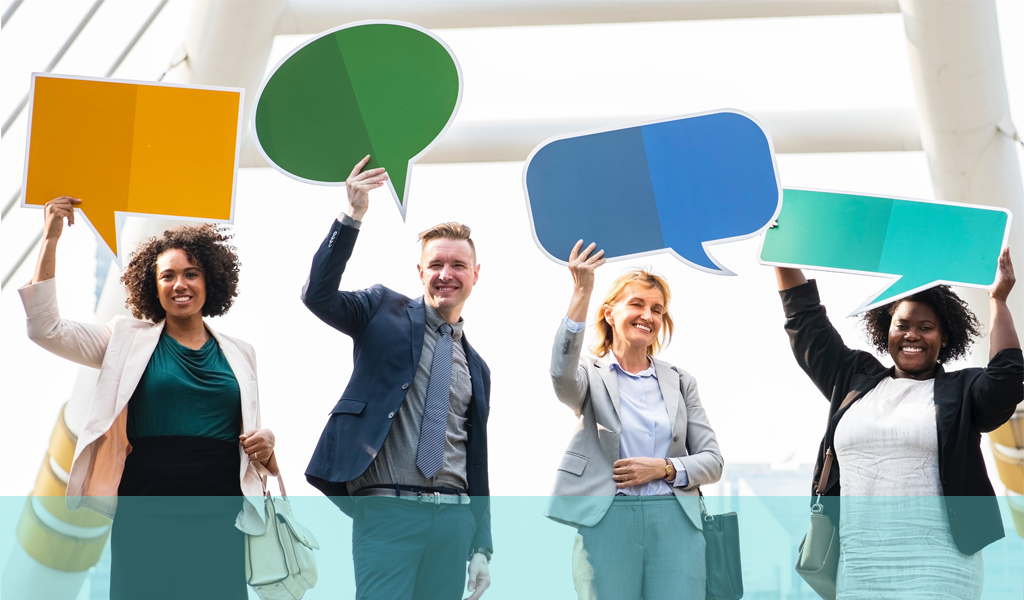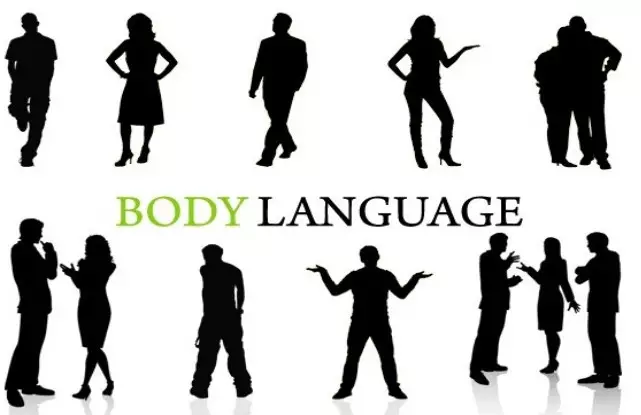Body Language: The Ultimate Guide

Body Language is a unspoken part of communication it will help you to reveal your true feelings. It is a part of Non-Verbal Signals. That is used to communicate your true sense and your intentions. In this it will include your posture, facial expressions, and hand gestures. Your ability to understand and interpret other people’s body language. It can help you to pick up on unspoken issues or feelings.
Why Body Language is Important?
Table of Contents
Toggle
Body language can help us understand others and ourselves. It provides us many information about how people may be feeling in a given situation. We can use body language to Express our true feelings, Emotions and Intention. It is a relaxed Facial Expression. Our Body Language help us to build your Confidence.
It refers to nonverbal cues we consciously and unconsciously use to communicate. Which includes all non-verbal communication. It can also help you to be taking care to avoid a defensive, arms-crossed posture, or restlessly tapping your feet. The non-verbal cues that make up a person’s body language often communicate more than the words they use.
These Cues can Includes:
- Facial expressions
- Mannerisms
- Physical behavior
- Tone of voice
- Body Gestures
How to Read Body language?

Their are some factors that will help you to read body Language:
1) Having good posture: If someone is sitting up straight, it’s a sign they’re paying attention to what you’re saying. It is part of Actively Listening.
2) Maintaining eye contact: There’s a difference between maintaining eye contact and staring or glaring. Eye contact can convey confidence, interest, or even deception.
3) Leaning in to listen: It is a signal that communicates attentiveness, empathy, and a genuine interest in what the other person is saying. This is crucial part of reading language of a body.
4) Keeping the body still: It can suggest concentration, confidence building, or a deliberate effort to control emotions. Body stillness requires careful observation of accompany cues such as facial expressions, eye contact, and overall body posture.
5) A firm handshake: It is more than just a physical gesture; it’s a nonverbal cue that can leave a lasting impression in various social and professional presence.
Importance of body language

Body language is a part of non-verbal communication, and most of times you can learn more about what a person is saying by identifying their body language and what it means. Your nonverbal communication cues—the way you listen, look, move, and react—tell the person you’re communicating with whether you care or not, if you’re being truthful, and how well you’re listening. When your nonverbal signals match up with the words you’re saying, they increase trust, clarity, and rapport.
When they don’t, they can generate tension, mistrust, and confusion. Your Body can convey message without verbal cues. It can also help you to better understand the message you are communicating to others and what others are communicating to you.
Some Types Of Situational Body Language:

Body language cues can also have different meanings, and it depends on the person, but they can also have different meanings depending on the situation. For example, body language is different between standing and sitting conversations. So, here are some different situations and how body language can change:
A negotiation is a conversation between two people in which both try to convince the other to change their position. When the person you are negotiating with is bouncing their leg, fidgeting with their hands or avoiding eye contact. It means that they are nervous. Being confident and relaxed in your own posture can help you communicate your position. Our language of body can often influence perceptions, power dynamics, and ultimately, outcomes.
Public Speaking
Public Speaking is also a part of Body Language. When speaking in public, you often address a group of people and lead the conversation. In many situations, you may speak for a long period of time without rest, like when giving a speech, doing Debate or presentation. To improve your public speaking, you can stand straight, stay relaxed and make eye contact with members of the audience. Depending on the situation, pacing may help you avoid fidgeting with your hands or crossing your arms. If you want to improve your public speaking so you can stand straight, stay relaxed and make eye contact with members of the audience.
First Meetings
When you first introduce yourself to someone, they will learn a lot about who you are through your body language. And this is very important to make a good body language. To use positive body language when first meeting someone, consider offering to shake their hand or offering your business card. You Should keep a smile on your face, and keep an open posture. In Meetings you should be respectful to your colleagues. And Your Back should be straight coz you’ll look confident. You also know a great communication skills.
Interviews
During an interview, you often sit opposite the interviewer, with a desk or table between you. You can pay attention to whether the hiring manager leans towards you or away from you. The interviewer can also choose between holding your resume in the air, like a barrier, or leaving it on the desk. This will provide additional information about what the hiring manager is thinking. Use positive body language during an interview, you can focus on keeping your posture open and relaxed. Avoid crossing your arms or slouching, if possible. Make your body Straight coz it will put good impact on your personality.
Video Calls
During a video call, you often sit at a desk or table with only your chest, shoulders and head in view. During a calls, be so sure to position the camera so others can see your face. Check your Network connection and your mic so that your voice will be audible to others. Avoid fidgeting or making the camera move or bounce during calls. Buy a mobile holder if you’re doing video call with the mobile. Pay attention to the expressions on others’ faces, as you may not have as much information about posture as you may during an in-person meeting. Make your body straight coz this a part of a Effective language.
Tips For Using Body Language

Here are some helpful tips for using body language to your advantage:
Use active listening skills: Active listening is a skill you can use to show others you are paying attention when they are speaking. If you’re in a meeting than you should concentrate in listening to them. Coz it Put a good impact of your personality. To do this, consider nodding, making eye contact and taking notes.
Practice using a power pose: Power poses are types of postures that you can use to feel more confident. For example, you may lean back in your chair and put your hands behind your head. Stand tall with your feet shoulder-width apart, place your hands on your hips, and lift your chin slightly.
Remove barriers between you and others: Pieces of paper, clipboards, desks and other materials can all serve as barriers to great communication. Consider removing them if you are struggling to communicate your message.
Control your voice’s volume and tone: How loudly you speak and what tone you use can also affect your message. For example, you can change the meaning of your message by inflecting at the end of a word or sentence.
Know the Secrets of Body Language
Their are some Secrets of Body Language that you should know:
1) To Increase Self Confidence.
2) To Achieve a Successful Career.
3) To Make People Charmer.
4) To Raise Self-Esteem.
Important Factor of Body language
1) It means nonverbal communication such as eye contact, hand movements, body postures and gestures.
2) It is an essential form of communication because it gives us insights into how a person is really feeling and thinking.
3) Using nonverbal communication is important in the workplace as it offers an opportunity to show you’re truly engaged in conversation, interested in what another person is saying and demonstrate confidence.
4) If you want to become a more effective communicator, than start improving how you use body language in the workplace by attending one of our courses, adopting an open posture (no crossed arms and slouching) and asking for feedback from colleagues to see which areas you need to focus on.
5) The advantages of non verbal communication include: it complements your message, helps emphasise key points, saves time, can replace verbal communication, and reinforces your message.
